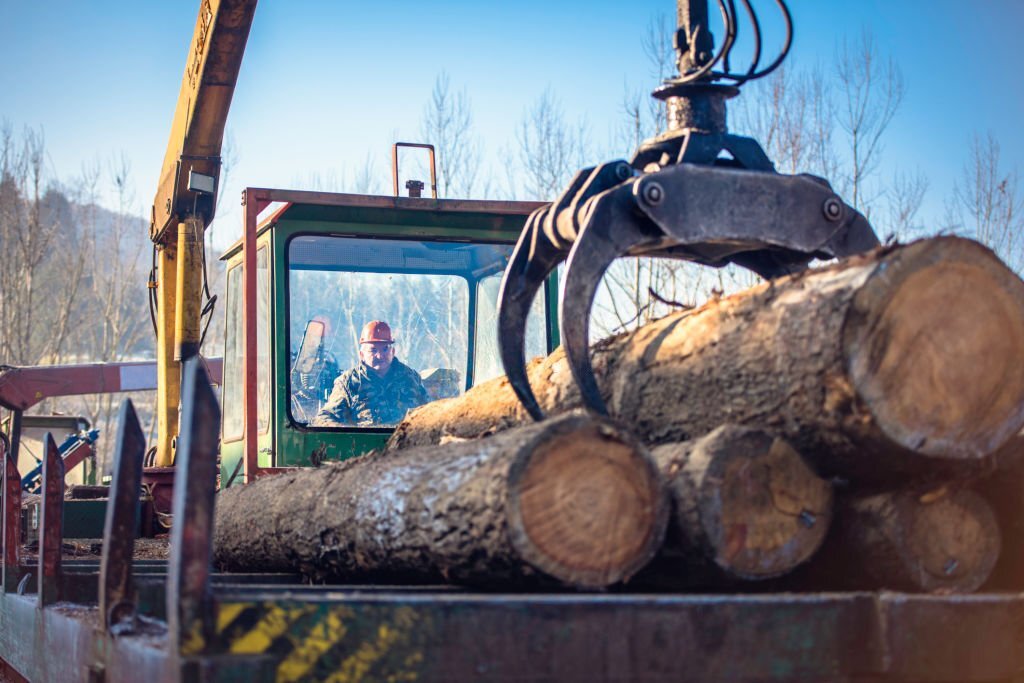
Introduction
The logging industry plays a vital role in meeting the global demand for timber products while contributing to economic growth and job creation. To carry out efficient and sustainable logging operations, modern loggers heavily rely on advanced logging equipment. In this comprehensive guide, we will delve into the essential components that make up the backbone of the logging industry, enabling loggers to harvest timber effectively and responsibly.
1. Chainsaws
Chainsaws are perhaps the most iconic and essential tools in the logging process. These handheld mechanical saws are designed to cut through trees quickly and efficiently. Modern chainsaws come with various features, such as automatic chain oiling, anti-vibration systems, and reduced-emission engines, making them safer, easier to handle, and environmentally friendly.
2. Skidders
Skidders are specialized vehicles used to transport felled trees from the harvest site to a centralized location for further processing. These heavy-duty machines are equipped with large grapples or winches, enabling them to drag logs through rough terrain. Modern skidders often feature powerful engines, ergonomic cabs for operator comfort, and advanced GPS technology for precise tracking and efficient operations.
3. Loaders
Loaders are crucial components of logging equipment used for loading felled trees onto trucks or transporting them within the logging site. These machines come in various configurations, such as wheel loaders and track loaders, each suited to specific terrain and loading requirements. Loaders are equipped with strong booms and grapples to lift and carry logs efficiently, reducing manual labor and expediting the loading process.
4. Forwarders
Forwarders are specialized forestry machines designed to carry logs out of the forest to a designated landing or roadside area. Unlike skidders, forwarders have a built-in loading mechanism that allows them to load logs onto their trailers. This eliminates the need for separate loading equipment, streamlining the harvesting process and reducing environmental impact by minimizing soil disturbance.
5. Harvesters
Harvesters are innovative machines that combine cutting and delimbing functions in a single unit. These powerful vehicles fell trees, removed branches, and cut logs to specific lengths, significantly increasing efficiency and reducing labor costs. Some modern harvesters are equipped with computerized systems that optimize cutting patterns to minimize waste and maximize timber yield.
6. Delimbers
Delimbers are standalone machines designed to remove branches from felled trees, preparing them for transportation and further processing. These specialized tools come in various types, including flail delimbers and pull-through delimbers. Delimbers greatly enhance the efficiency of the logging process by speeding up the preparation of logs for transportation and reducing the manual labor required.
7. Log Trucks
Log trucks are heavy-duty vehicles specifically designed to transport logs from the harvest site to sawmills or other processing facilities. These trucks feature high-capacity trailers and secure log bunk systems to ensure safe and stable transportation. Some log trucks are equipped with self-loading mechanisms, reducing the need for additional machinery at the loading site.
8. Safety Features
In modern logging equipment, safety is a paramount concern. Many essential components of logging machinery are equipped with safety features such as rollover protection structures (ROPS) and falling object protection systems (FOPS) to protect operators from potential hazards. Moreover, advanced technology, such as GPS tracking and automated controls, contributes to reducing accidents and improving overall safety during logging operations.
9. Sustainable Logging Practices
As environmental awareness grows, sustainable logging practices become increasingly vital. Many logging equipment manufacturers now focus on developing eco-friendly machines that minimize emissions and reduce environmental impact. Sustainable logging practices, combined with responsible equipment use, help ensure the preservation and regeneration of forests for future generations.
Conclusion
The logging industry has undergone significant advancements in recent years, thanks to the essential components that constitute modern logging equipment. Chainsaws, skidders, loaders, forwarders, harvesters, delimbers, log trucks, and safety features all play a crucial role in making logging operations more efficient, safer, and environmentally responsible. As technology continues to evolve, the logging industry is likely to witness further innovations that enhance sustainability and productivity, ensuring a balance between meeting global timber demand and preserving our precious forests.



